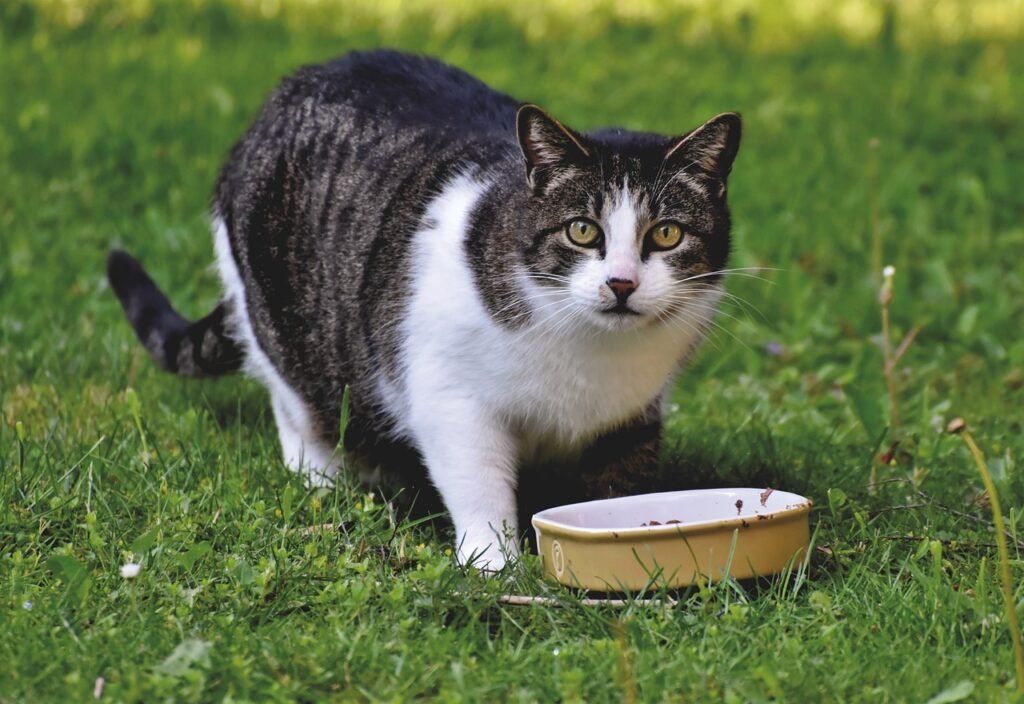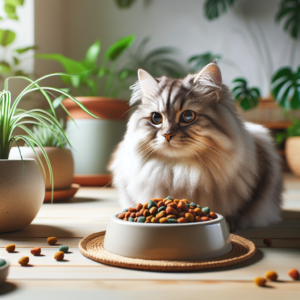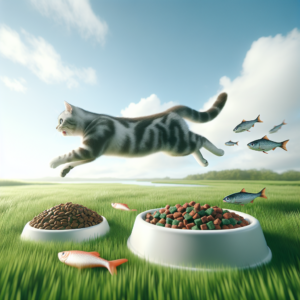
Cats are fascinating creatures with unique needs, especially when it comes to their hydration. Unlike dogs, cats often have a low thirst drive, which can lead to dehydration if not monitored closely. Ensuring that your feline friend stays properly hydrated is crucial for their overall health and well-being. In this article, we will explore essential hydration tips for cats, helping you maintain their optimal health and vitality.
Understanding Feline Hydration Needs
Cats originated from desert environments, which means they have evolved to derive moisture primarily from their prey. However, domesticated cats often rely on dry food diets, which may not provide adequate hydration. Understanding the signs of dehydration and how much water your cat needs daily is the first step in ensuring they remain healthy.
Signs of Dehydration
It’s essential to recognize the signs of dehydration in cats. Some common indicators include:
- Lethargy and decreased activity levels
- Sunken eyes
- Dry gums
- Tented skin that doesn’t quickly return to its normal position when pinched
- Increased heart rate
If your cat shows any of these signs, it’s crucial to address their hydration immediately.
Daily Water Requirements
On average, cats need around 3.5 to 4.5 ounces of water per 5 pounds of body weight daily. However, this requirement can vary based on factors such as diet, activity level, and environmental conditions. Cats consuming wet food diets may require less additional drinking water, as wet food contains about 70-80% moisture.
Encouraging Your Cat to Drink More Water
Getting a cat to drink more water can be challenging, but there are several effective strategies you can employ to promote better hydration.
Provide Fresh and Clean Water
Cats are notoriously picky about their water, so it’s essential to ensure their water is always fresh and clean. Change the water at least once a day and clean the bowl regularly to prevent any build-up of bacteria or residue.
Use Multiple Water Bowls
Place several water bowls around the house to give your cat easy access to water. This is particularly important in multi-level homes or for older cats who may have mobility issues. Ensure that the bowls are placed in quiet, safe areas where your cat feels comfortable drinking.
Consider Water Fountains
Many cats are attracted to running water. Investing in a pet water fountain can intrigue your cat and encourage them to drink more. The sound and movement of running water can stimulate their curiosity and prompt more frequent drinking.
Experiment with Different Bowls
Cats may have preferences for certain types of bowls. Experiment with different materials like ceramic, stainless steel, or glass to see which your cat prefers. Some cats may also be sensitive to the size and shape of the bowl, so consider trying different styles to find the perfect fit.
Add Water to Their Food
If your cat primarily eats dry food, consider adding a little water to their kibble to increase their moisture intake. Alternatively, you can mix dry food with wet food, which naturally has higher moisture content, to ensure your cat gets more fluid with their meals.
Monitoring Your Cat’s Hydration Status
Keeping track of your cat’s hydration status is crucial in preventing dehydration and ensuring their health.
Check the Urine Output
One way to monitor your cat’s hydration is by checking their urine output. Cats that are well-hydrated should urinate a few times each day, producing a normal amount of pale yellow urine. If you notice a decrease in urination or a change in the color and odor of their urine, it could indicate dehydration.
Observe Their Behavior
Pay attention to any changes in your cat’s behavior. A decrease in activity levels, loss of appetite, or increased sleeping could be signs of dehydration or other health issues. Always consult your veterinarian if you notice any significant changes.
The Role of Diet in Cat Hydration
Diet plays a pivotal role in maintaining your cat’s hydration. Understanding how different types of food contribute to their moisture intake can help you make informed decisions about their diet.
Wet Food vs. Dry Food
Wet food is an excellent source of moisture, containing about 70-80% water. Incorporating wet food into your cat’s diet can significantly boost their water intake, reducing the risk of dehydration. On the other hand, dry food contains only about 10% moisture, so it’s crucial to ensure your cat drinks plenty of water if they primarily eat kibble.
Balanced Diet
A balanced diet that combines both wet and dry food can provide adequate nutrition while also maintaining hydration. Consult with your veterinarian to determine the best dietary plan for your cat based on their age, weight, and health needs.
Conclusion
Keeping your cat well-hydrated is vital for their health and well-being. By understanding their hydration needs, providing multiple sources of fresh water, and incorporating moisture-rich foods into their diet, you can ensure your feline friend stays healthy and happy. Always monitor their hydration status and consult your veterinarian if you have concerns about their water intake or overall health.
#ChatGPT assisted in the creation of this article.







